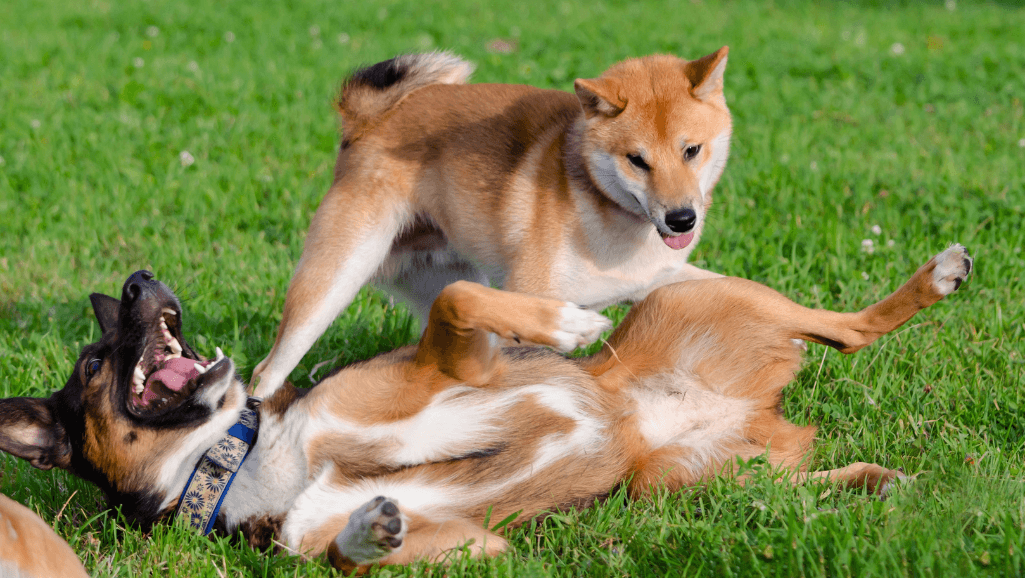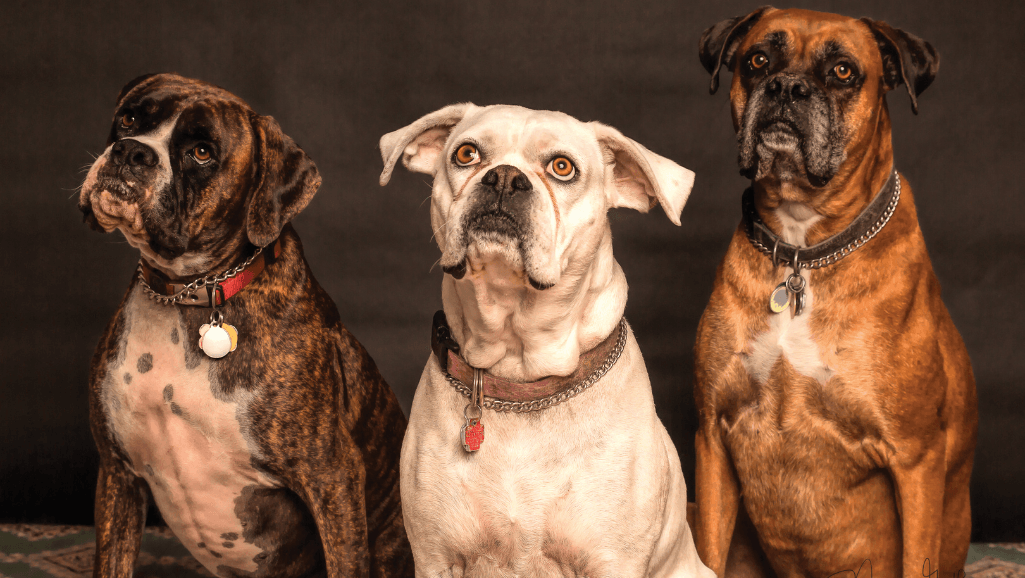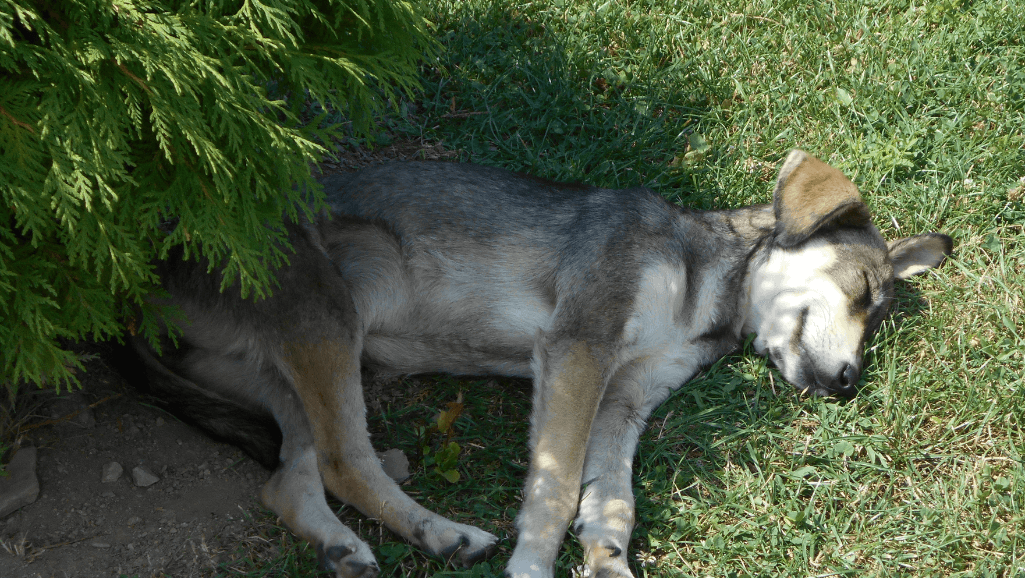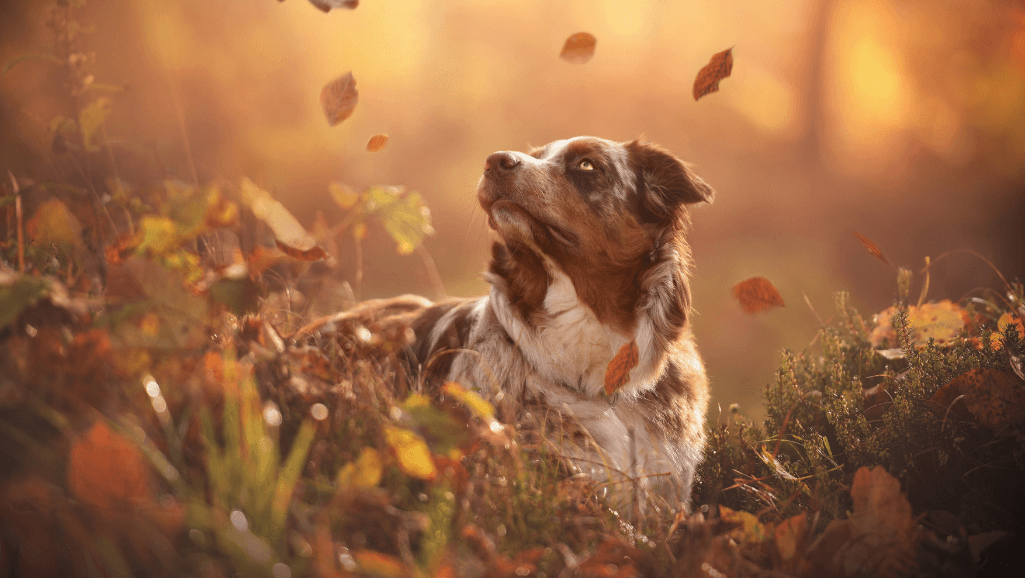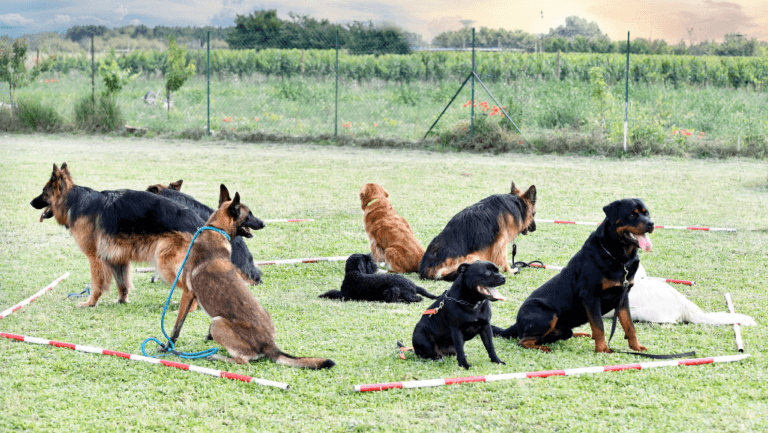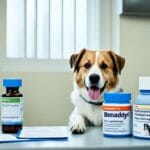As the temperatures rise and hot days become more frequent, it’s important to take proactive measures to protect your pup from the heat. Dog overheating can be dangerous and even life-threatening, but with these simple tips, you can ensure your furry friend stays cool and safe.
During hot days, dogs are particularly vulnerable to overheating, especially those with double-coated fur or dark-colored coats that absorb more heat from the sun. Brachycephalic dogs, which have shorter muzzles and flatter faces, and dogs with chronic respiratory challenges are also more prone to overheating.
Key Takeaways:
- Essential Tips for Dog Overheating Prevention This Summer.
- Prevent dog overheating on hot days by taking necessary precautions
- Be aware of signs of overheating in dogs and take prompt action if necessary
- Ensure access to fresh water and shade for your dog
- Consider using dog cooling products to help keep your pet cool
- Avoid leaving your dog in a parked car, even with cracked windows
Understanding the Dangers of Dog Overheating
When it comes to dog overheating, understanding the potential dangers is crucial for ensuring your furry friend’s well-being. A dog’s body temperature can rise just a few degrees above 102 degrees Fahrenheit, causing them to become overheated and putting them at risk for heat exhaustion and more serious health issues. Unlike humans, dogs don’t sweat to cool down; instead, they regulate their body temperature through panting.
Recognizing the signs of overheating in dogs is essential in order to take prompt action and prevent further complications. Some common signs include:
- Frantic panting
- Excessive salivation
- Bright-red membranes
- Labored breathing
If left untreated, an overheated dog may experience a metabolic meltdown, which can lead to more severe symptoms such as gasping for air, grayish or purple discoloration of the mouth, vomiting, diarrhea, seizures, or even coma. It’s important to be vigilant and seek immediate veterinary care if you suspect your dog is overheating.
To further illustrate the dangers of dog overheating, take a look at the following table:
| Temperature Range (Fahrenheit) | Risk Level | Potential Consequences |
|---|---|---|
| 98.6 – 102 | Normal | Dog’s normal body temperature range |
| 102.1 – 105 | Mild to Moderate | Heat exhaustion, dehydration, fatigue |
| Above 105 | Severe | Heat stroke, organ failure, death |
As you can see, even a slight increase in body temperature can have serious consequences for your dog’s health. It’s important to be proactive in preventing overheating and to take immediate action if your dog shows any signs of distress or overheating.
Recognizing the Signs of Overheating in Dogs
It’s important to be able to recognize the signs of overheating in dogs. By being vigilant and observant, you can identify the early warning signs and take immediate action to prevent further complications.
Here are some common signs of overheating in dogs:
- Frantic panting: If you notice your dog panting excessively and in a more rapid and desperate manner than usual, it could be a sign of overheating. This frantic panting is their way of trying to cool down.
- Extreme salivation: Increased saliva production is another telltale sign of overheating. Your dog may have excessive drooling or foaming at the mouth.
- Labored breathing: Watch out for heavy or labored breathing. If your dog is struggling to catch their breath and showing signs of respiratory distress, overheating may be the cause.
As overheating progresses, more severe symptoms may occur, leading to a metabolic meltdown:
- Gasping for air: If your dog is gasping for air and struggling to breathe, it is a critical situation that requires immediate veterinary care.
- Discoloration of the mouth: The membranes inside your dog’s mouth may turn grayish or purple, indicating severe overheating and a lack of oxygen.
- Vomiting and diarrhea: Overheating can cause digestive disturbances, leading to vomiting and diarrhea.
- Seizures or coma: In extreme cases, overheating can result in seizures or loss of consciousness. This is an emergency situation, and immediate veterinary intervention is crucial.
Remember, if you suspect that your dog is overheating, don’t hesitate to seek professional help. Delaying treatment can lead to serious health complications or even death.
Signs of Overheating in Dogs
| Signs of Overheating | Description |
|---|---|
| Frantic Panting | Panting excessively and in a desperate manner |
| Extreme Salivation | Excessive drooling or foaming at the mouth |
| Labored Breathing | Heavy or difficult breathing |
| Gasping for Air | Visible struggle to breathe and gasping for air |
| Discoloration of the Mouth | Grayish or purple membranes inside the mouth |
| Vomiting and Diarrhea | Digestive disturbances leading to vomiting and diarrhea |
| Seizures or Coma | Loss of consciousness or seizure activity |
Recognizing the signs of overheating in dogs is essential for taking prompt action and preventing potentially life-threatening situations.
Factors that Make Dogs More Vulnerable to Overheating
Some factors can make certain dogs more susceptible to overheating. It’s important to understand these factors and take extra precautions to protect your furry companions.
- Double-coated dogs: Dogs with double-coated fur, such as Huskies and Samoyeds, have an additional layer of insulation that can make them more vulnerable to overheating. This is especially true in hot weather or during strenuous physical activity.
- Dark-colored coats: Dogs with dark-colored coats, like Labradors or Rottweilers, can absorb more heat from the sun. The darker the coat, the more heat it can retain, increasing the risk of overheating.
- Brachycephalic dogs: Brachycephalic breeds, such as Pugs, Bulldogs, and Boston Terriers, have shorter muzzles and flatter faces. This anatomy makes it more challenging for them to regulate their body temperature through panting, making them more susceptible to heat-related issues.
- Chronic respiratory challenges: Dogs with pre-existing respiratory conditions, like asthma or chronic bronchitis, have a reduced tolerance for hot and humid weather. These dogs may struggle with breathing, making them more prone to overheating and experiencing respiratory distress.
To ensure the well-being of these dogs, it’s crucial to provide them with ample shade, fresh water, and proper ventilation. Avoid exposing them to excessive heat, and never leave them alone in a hot environment.
Preventive Measures to Keep Your Dog Cool
As a responsible pet owner, it’s essential to take preventive measures to keep your dog cool and prevent overheating. By implementing the following strategies, you can ensure your furry friend stays comfortable and safe, even on scorching hot days.
Access to Fresh Water and Shade
Always provide your dog with access to fresh water and shade, especially during hot weather. Dehydration is a significant risk during high temperatures, so make sure your dog’s water bowl is filled with cool, clean water at all times. Additionally, create shaded areas in your yard or use umbrellas or canopies to protect your dog from direct sunlight.
Utilize Dog Cooling Products
Dog cooling products can greatly help in keeping your pet cool and comfortable. Consider investing in cooling vests, mats, or beds that are specifically designed to lower your dog’s body temperature. These products often utilize technology, such as gel-infused materials or evaporative cooling, to provide effective relief from the heat.
Avoid Leaving Dogs in Cars
Leaving your dog in a parked car, even with the windows cracked, can be extremely dangerous. The temperature inside a car can rise rapidly, even on mild days, leading to heatstroke or even death. Always prioritize your dog’s safety by never leaving them unattended in a vehicle, regardless of how quick your errands may be.
Gradual Exposure to Hot Weather
Just like humans, dogs need time to acclimate to hot weather. Gradually expose your dog to increasingly warmer temperatures so their body can adapt. Avoid intense exercise during peak heat hours and prolong outdoor activities. Pay attention to your dog’s behavior and body language, and if they show signs of discomfort or fatigue, find a cooler environment for them.
Keep Your Home Cool
When temperatures rise, make sure your home remains cool and comfortable for your dog. Use fans or air conditioning to maintain a cool indoor environment. This is especially important if you leave your dog at home while you’re at work or away for extended periods.
Install Temperature Alarms
In case of air conditioning failure in your vehicle or house, installing temperature alarms can be a lifesaver. These devices can alert you if the temperature exceeds safe levels, allowing you to take immediate action and prevent your dog from experiencing heat-related issues.
| Preventive Measures | Benefits |
|---|---|
| Access to fresh water and shade | – Prevents dehydration – Provides relief from direct sunlight |
| Utilize dog cooling products | – Lowers body temperature – Offers comfort and relief |
| Avoid leaving dogs in cars | – Prevents heatstroke – Ensures safety |
| Gradual exposure to hot weather | – Helps acclimate to high temperatures – Reduces risk of overheating |
| Keep your home cool | – Provides a comfortable indoor environment – Minimizes heat-related stress |
| Install temperature alarms | – Alerts to potential temperature hazards – Enables swift action |
Conclusion
Taking the necessary steps to prevent dog overheating is crucial for the well-being and safety of your furry friend. By understanding the dangers of overheating, recognizing the signs, and implementing preventive measures, you can protect your pup from the heat and ensure they stay cool and comfortable during hot weather.
Remember to always prioritize your dog’s safety and take prompt action if you suspect overheating. Provide them with fresh water and shade, especially on hot days. Consider using dog cooling products like cooling vests, mats, and beds to help regulate their body temperature. Avoid leaving your dog in parked cars, even with the windows cracked, as temperatures can rise rapidly.
Additionally, gradually expose your dog to hot weather and avoid exercising them on hot, humid days. Keep your home cool, and consider installing temperature alarms in your vehicle or house to monitor the temperature in case of air conditioning failure.
With proper precautions and care, you can enjoy hot summer days with your dog while keeping them safe and healthy. Prioritize dog overheating prevention, protect your pup, and ensure hot weather safety for a happy and enjoyable time together.

